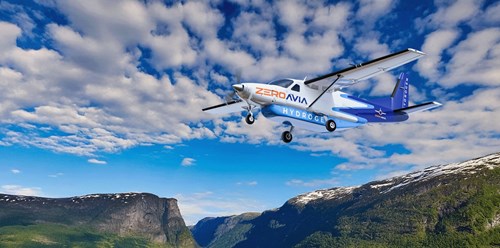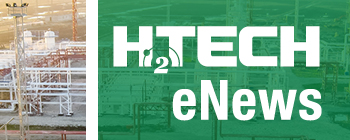News
ZeroAvia successful in €21-MM EU grant application to deliver world’s first network of H2 aircraft in Norway
ZeroAvia announced that its application to the Innovation Fund for a €21.4m grant to support the introduction of hydrogen-electric aircraft has been selected for grant agreement preparation. The project will support the retrofit of 15 Cessna Caravan aircraft with ZeroAvia’s ZA600 hydrogen-electric engines and the establishment of the supporting airport hydrogen fuel technologies, with operations planned to commence in 2028.

These zero-emission aircraft are planned to replace conventional kerosene-fueled turboprops on cargo routes and expected to see in excess of 95% reduction in greenhouse gas emissions. The project will also work to deliver hydrogen refuelling and storage infrastructure at 15 airports in Norway, establishing the world’s largest network of zero-emission commercial flights. The air operators for the network will be announced in due course.
The ODIN project aims to validate the technical performance and economic case for utilizing hydrogen-electric aircraft in commercial operations, with a view to catalyzing further adoption in Norway, across the EU and further afield.
The project proposal was found to contribute to the objectives of the EU initiative “Strategic Technologies for Europe Platform (STEP)” and meets the requirements to receive the STEP Seal. The STEP Seal is a quality label awarded by the European Commission dedicated to boosting investment in critical technologies in Europe.
ZeroAvia’s ZA600 powertrain uses fuel cells to generate electricity from hydrogen fuel without reliance on combustion, meaning that the only emission is low-temperature water vapour. ZeroAvia has already flight tested a prototype of this system, is now ground testing its final design for certification, and concurrently working with both the UK Civil Aviation Authority and US Federal Aviation Administration on certification programmes related to the engine.

